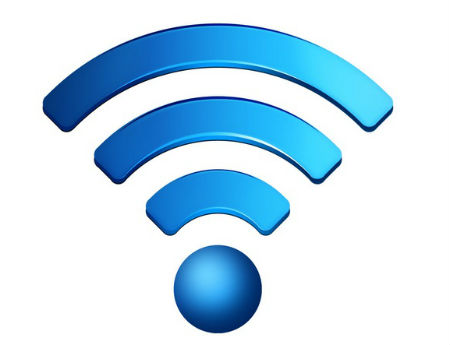Cable Best Positioned For 'WiFi-First' Shift: Analyst

The cable industry is “best positioned” to reap the benefits of voice and data services that prefer WiFi connections and use cellular networks as a backup, but it’ll likely be two or three more years before such offerings are ready for primetime, a leading industry analyst concluded in a new report that sizes up cable’s WiFi opportunities.
While Comcast, Cablevision Systems and other cable operators are rapidly deploying WiFi hotspots in metro areas while also lighting up millions of “homespots” that broadcast second SSID signals as a perk to their wireline broadband services, the industry will be in a great spot to offer so-called “WiFi-first” services, MoffettNathanson Research partner and senior analyst Craig Moffett noted in the report, issued Monday.
“The time is coming when WiFi will shift from being a ‘secondary’ network to being a primary one; instead of thinking of WiFi as an alternative to cellular where WiFi is available, we will instead being to think of cellular as a backup network needed only when WiFi is not,” he wrote, arguing that the recent launch of the iPhone 6, which supports WiFi calling, will accelerate this shift.
While the emergence of the “CableWiFi” roaming alliance between Comcast, Time Warner Cable, Cox Communications, Cablevision and Bright House Networks (and, soon, Charter Communications) offers Internet connectivity to cable modem subs while they are away from home, Moffett envisions a “Stage II” of a strategy that will position MSOs to offer a substitute to traditional wireless.
“The pieces are seemingly falling into place,” he wrote, noting that Adobe’s recent Mobile Benchmark Report showed that tablet users now consume 93% of all data via WiFi, and 57% of smartphone users consume 57% of their data on WiFi.
Possibly aiding any future WiFi-first strategy is the MVNO option with Verizon Wireless that’s available to Comcast, Time Warner Cable and Bright House Networks. While acknowledging that specific terms of the MVNO arrangement aren’t public, Moffett notes that cable can realize big potential cost savings by offloading as much traffic as possible to its growing WiFi network.
In Moffett’s estimation, the objective would be for the WiFi portion of the network to handle 80% of the offload, with the balance handled by the cellular network/MVNO.
The smarter way to stay on top of the multichannel video marketplace. Sign up below.
And he doesn’t believe that cable will have to blanket the country with WiFi to make the model work, citing a Cisco Systems study indicating that 90% of all wireless usage happens at retail locations, public locations and travel locations, meaning that a potentially very small number of locations could capture a very substantial amount of wireless traffic.
“The more traffic that can be handled on the WiFi network at near-zero incremental cost, the less that needs to be handed off to the MVNO partner at relatively high incremental cost,” Moffett explained. “Again, the capital spending objective of a WiFi-first operator would not be to provide broad coverage, but instead to minimize usage of the cellular networks as a way to minimize cost.”
Making some assumptions on monthly cellular/MVNO network costs ($7) and G&A expenses ($8) per sub that could be factored in before acquisition costs, Comcast, he surmised, “could achieve positive customer lifetime value” starting as low as $30 per month.
But Moffett warns that he doesn’t expect such a model to take hold anytime soon. “[T]here are technological hurdles that will require at least two to three more years before a Cable WiFi service is ready for primetime,” he wrote, citing the need for more seamless login processes, the addressing of security concerns, and improved connection managers.
However, the emergence of Hotspot 2.0/Passpoint, a technology already being deployed by Time Warner Cable, will provide some answers, and provide carrier-grade WiFi networks with features and capabilities currently offered on cellular networks.
Despite his enthusiasm for how WiFi could play a broader role in cable’s service strategy, Moffett noted that his firm has not factored wireless into its model for Comcast, which he views as the best positioned for a WiFi-first approach.
“Our goal here is to assess the viability of the concept and no more,” Moffett wrote.
